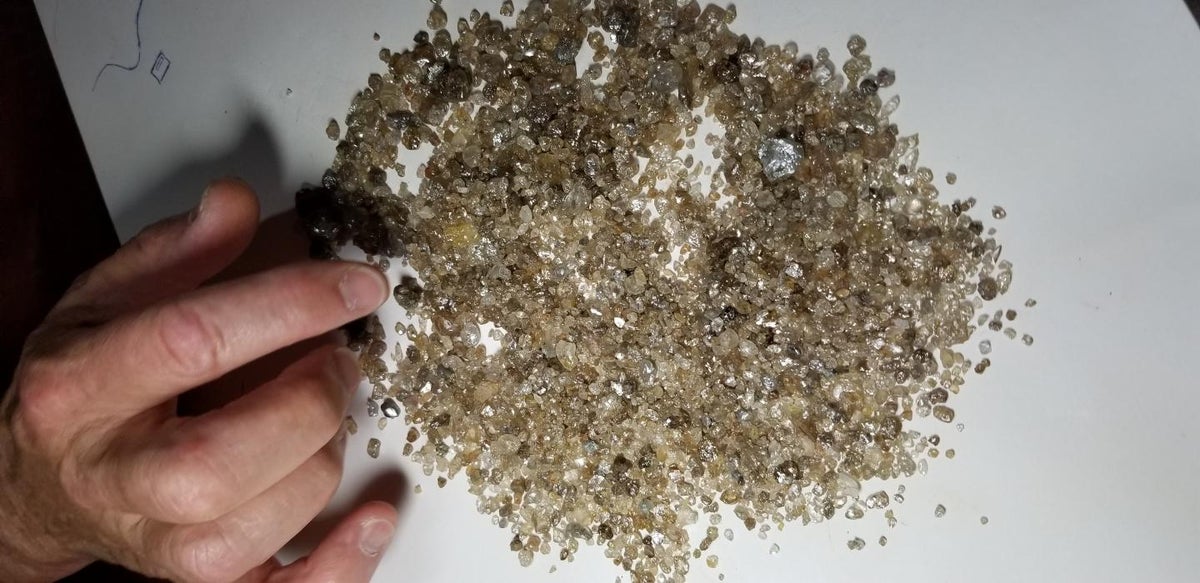
Scientists have cracked a decades-long puzzle to develop a near unbreakable substance that they claim could rival diamond as the hardest material on Earth.
Researchers found that when carbon and nitrogen precursors are subjected to extreme heat and pressure, the resulting materials called carbon nitrides tend to be tougher than cubic boron nitride – the second hardest material after diamond.
The new breakthrough substance can lead to new multifunctional materials for industrial uses including protective coatings for cars and spaceships, high-endurance cutting tools, solar panels and photodetectors, according to the new study, published in the journal Advanced Materials.
While scientists have known of the theoretical potential of carbon nitrides since the 1980s, including their high resistance to heat, no credible results could be obtained in labs after over three decades of research and multiple attempts to synthesise them.
In the latest study, researchers, including those from the University of Edinburgh, subjected various forms of carbon nitrogen precursors to pressures between 70 and 135 gigapascals – around 1 million times our atmospheric pressure – while heating them to temperatures of over 1,500°C.
They then analysed the atomic arrangement of the resulting compounds under these conditions and found that three carbon nitride compounds have the necessary building blocks for super-hardness.
All the three compounds also retained their diamond-like qualities when they returned to ambient pressure and temperature conditions, scientists found.
Researchers also found that these three substances had high energy density with a large amount of energy concentrated in a small amount of mass.
They say these compounds could potentially become ultimate engineering materials that rival diamonds.
“These materials provide strong incentive to bridge the gap between high pressure materials synthesis and industrial applications,” study co-author Dominique Laniel said.
“These materials are not only outstanding in their multi-functionality, but show that technologically relevant phases can be recovered from a synthesis pressure equivalent to the conditions found thousands of kilometers in the Earth’s interior,” he added.







